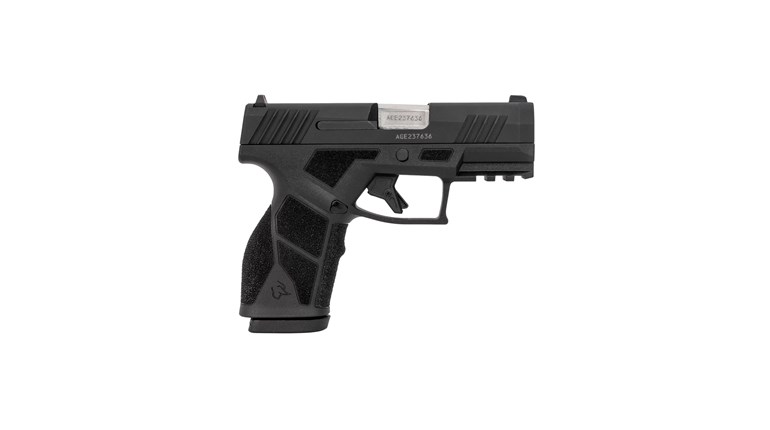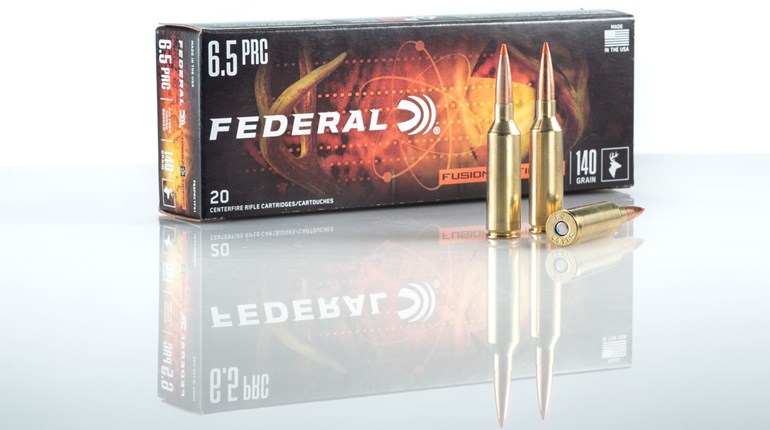
The battle of Little Bighorn was a turning point in American history. But, it’s also considered one of the biggest military mistakes ever. In what is perhaps the epitome of understatement, BG Alfred Terry called it “a sad and terrible blunder.”
I have been to the battle site, and to my eyes it looks like a dumb place to pick a fight. I freely admit I am no military strategist. I have, however, managed to stay alive almost 30 years longer than Custer, so the empirical evidence supports my point-of-view.
George A. Custer And The Lack Of Gats
Any further discussion risks slings and arrows from all the self-appointed experts in what is probably the most studied dustup of the Western expansion, except for one point no one argues: Custer turned down the offer of three Model 1866, 50-caliber (presumably .50-70) Gatling guns. In hindsight, that was probably not the best call.

Would the use of the guns have changed the outcome of the battle? Who knows. That’s one of those often-argued micro-points. Historians always focus on the tactical aspect of having the guns, which I think misses the point. In my never-humble opinion, I have to think that a barrage of those Gatling guns spitting out collectively something like 1,000 rounds per minute (RPM) might have had a psychological effect as well as a physical one. If I were on the opposing side, it would make me think that perhaps I had a better place to be at that moment.
Custer turned down the guns because they were extremely heavy, awkward and unsuited to fast travel in the Eastern Montana terrain. Also, the army gave him worn-out, useless horses to pull the guns, horses that were designated to have been “retired” long ago.
Each Gatling gun was mounted on an artillery carriage and weighed an astounding 1,942 pounds—darn-near a ton—empty. The guns were unwieldy and, in fact, while trying to get to the battle site one tipped over and injured three soldiers. The guys assigned to moving the guns had to wrestle them by hand through deep ravines and rough country. At one point “A precipitous hill near the Bighorn River required lowering the guns by lariats.”
What could possibly go wrong with that?

It’s said that Custer made the right decision, militarily, to leave the Gatling guns behind. Maybe so, but he got himself and all his men killed as a result.
Updating the Gatling Gun For Today's 9mm Rounds
Too bad he didn’t have access to the Tippmann Armory Gatling Gun (TAGG). He could have stuffed one in a saddle bag. Or a pannier. One on each side would balance nicely on a pack horse. With half a dozen of the TAGGs at Little Bighorn, history classes would be much different today.
If you are wondering why that name is familiar, think paintball guns. Yeah, it’s that Tippmann. Dennis Tippmann, Sr. was building scaled-down, full-automatic machine guns in .22 LR before 1986. Tippmann got into paintball guns after that. He sold that company and today, among other things, Tippmann is making a scaled-down, fully operational Gatling gun. It’s kind of a “Mini-Me” of Custer’s unused guns.

The TAGG 9mm Gatling Gun ships on a little artillery carriage of its own, complete with 10-inch rubber tires like you see on Walmart scooters. If you have seen who uses the scooters, then you know the tires are capable enduring a lot of abuse. For the record, the tires require 30 psi inflation; I checked.
Kyle Smith, an engineer with Tippmann, told me that the company is working on an oak carriage with wood and iron wheels that looks like the vintage guns. While probably not rugged enough to support the Walmart-scooter types, they’ll look better on this gun.
The TAGG 9mm Gatling Gun is 28.19 inches wide, 26.5 inches long and 18.25 inches tall and weighs 58 pounds empty. That’s less than a full magazine for some of the original Gatling guns, which could weigh as much as 60 pounds. If you remove the carriage for tripod use, it lightens the Tippmann by around 15 pounds and cuts the height and width to less than 9 inches each without the crank handle. You could almost carry that in a holster (if you are Andre the Giant’s bigger brother). At that size and weight, every trooper with Custer could have had his own personal Gatling gun. It would’ve been better than the single-shot Springfield rifles they had, right?
For the record, my Tippmann 9mm Gatling Gun is on loan from Seiple’s Shoot Shop and I own a Model 1873 “Trapdoor” Springfield similar to what Custer’s men were issued, and I can tell you which one I would have preferred were I to refight the Little Bighorn. It ain’t the single-shot.
This Gatling Gun is chambered (all eight barrels) in 9mm. However, the cartridge was introduced in 1902, so it was a bit late to help Custer. Too bad, because the 9mm Gatling Gun’s ammunition could have fit in a saddle bag. One thousand rounds of 9 mm weighs approximately 26 pounds. One thousand rounds of the .50-70 ammo for Custer’s guns, on the hand, weighs more than 100 pounds.
The gun is extremely well made and all the machine work is outstanding. Brass, steel, aluminum and cast iron are all used in the appropriate places.
It actually took some pretty clever engineering to make the Glock mags work. The original Gatling gun was gravity fed. The Glock magazine captures the ammo and holds it under spring tension. With the rotary-barrel design, it has to feed the ammo by coming in from the side of the magazine rather than the rear as a pistol would. Tippmann’s engineers developed an innovative part that is unique to this 9mm Gatling Gun. Each barrel station is fitted with a long cam resembling a sawtooth that strips the cartridge from the magazine and guides the round into place.

As the gun’s mechanism rotates, the cartridge is stripped from the magazine and is pushed into the barrel with a reciprocating bolt. This is a bit different from the older Gatling guns that required a separate “chamber” be attached to each cartridge. A cam pushes the bolt forward into the fire position. Another cam loads the spring on the firing pin as the barrel rotates to about the 4-o’clock position, where it releases and the firing pin slams forward to fire the gun. As rotation continues, the bolt moves back, pulling out the cartridge with an extractor fixed to the bottom of the bolt. Well, actually, the top now, as the bolt is approaching the bottom of the gun. The case is held in place by a guide until it reaches the ejection ramp where is free to fall from the gun. The ramp is like a kid’s slide that guides the cases to drop and pile up on the left side (from the shooter’s perspective) of the gun.
Shooting is simple, as the TAGG runs on a series of gears and cams that would make a Steampunk fan seize up with the vapors. To operate, insert a loaded magazine and start turning the crank clockwise. When the first cartridge reaches the firing position, the gun fires. After that, every barrel reaching that position will fire until the ammo runs out. The gun fires about three times per revolution of the crank and it’s impossible to shoot this gun without turning the crank as fast as you can. Just can’t be done. It’s also impossible to suppress the giggles.
To unload, remove the magazine and turn the crank backward until all the ammo slides down the ejection chute. The top of the gun, including the magazine well, will pivot open after removing a brass-topped thumb screw on the right side. Then the entire top can be removed by sliding it forward. This allows visual access to the firing part of the mechanism to ensure it’s clear of ammo and safe.
The gun is extremely well made and all the machine work is outstanding. Brass, steel, aluminum and cast iron are all used in the appropriate places. The polished-brass and steel components contrast with the black on the rest of the parts for a kind of retro/modern look to the gun (the “modern” is mostly due to the rubber wheels).
The sights are a simple bead up front and an aperture in the back that has a stepped ramp for elevation adjustment. They actually work, and the point-of-impact is what the bead covers at 25 yards in the lowest position. Elevation is controlled by a threaded rod with a knurled wheel. Windage is locked in by a pivoting handle on a section of gear teeth on the back of the base casting. If the handle is released the gun will pivot left and right about 160 degrees.
The Tippmann 9mm Gatling Gun I have been shooting feeds and runs 100-percent reliably with hardball ammo, but the hollowpoints I tried jammed in the gun. Of course, hollowpoints are a needless expense in a gun like this. Nonetheless, Smith said they’d work on it.
The TAGG was designed to be fun. It’s a recreational firearm with the shooting range in mind. It’s a hoot to shoot and it’s guaranteed to trash your ammo supply in rapid fashion. But, is it practical or tactical? (By the way, Gatling guns are not machine guns. Crank the handle, and one round is fired per barrel—there is no way to hold down a trigger and cause multiple rounds to fire.)
I tested the TAGG on my backyard range to see how fast it would shoot and at times it was just a roar. For the record, I was able to get split times as low as .11 second. If I am doing the math correctly, that translates into 545 rpm. I suspect somebody faster on the crank can easily push it to 600 rpm. That’s fast, but not as fast as even a slow modern machine gun.

Is the Tippmann as good as a modern machine gun for defense? Of course not. It is not practical in any sense. But, it is a firearm, and it is capable of devastating firepower to defend a fixed position, so there is that.
Of course, to use it to the fullest, you’ll need lots of ammo. The odds are high that you will have already shot up your entire supply impressing your friends and making even sourpuss anti-gunners giggle with childlike glee, which will render it even less practical for home protection. Fortunately, it is a gorgeous package, and someday ammunition will be readily available and less expensive, right?






































